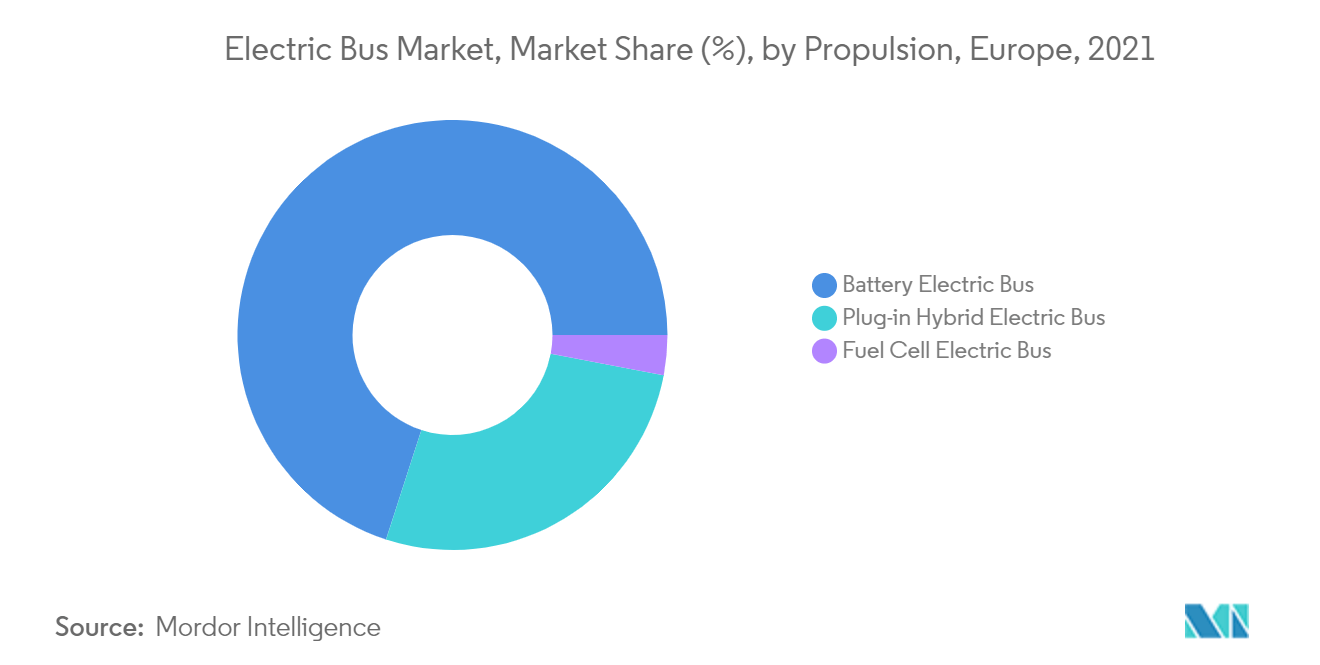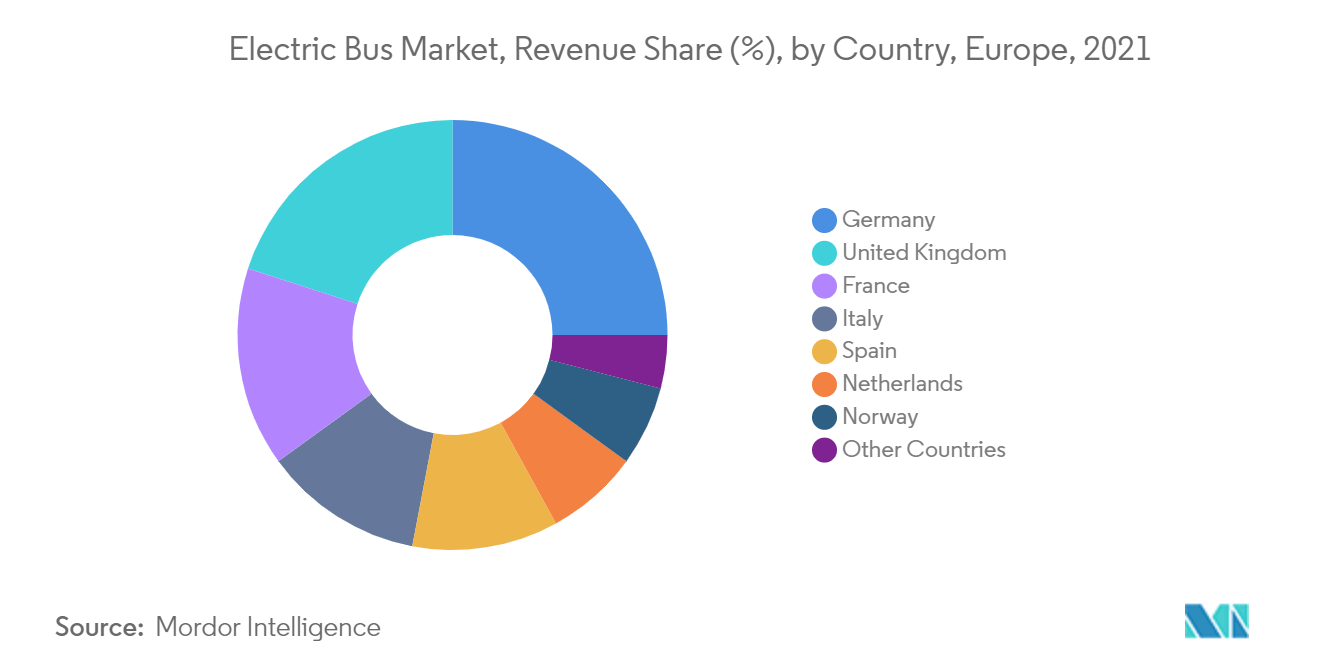Market Trends of Europe Electric Bus Industry
This section covers the major market trends shaping the Europe Electric Bus Market according to our research experts:
Rising Transitions Of Urban Bus Fleet To Electric Power
The Urban bus fleets in Europe should largely transition to electric power by 2030, supported by the proposed e-bus target of 75% of all buses sold in Europe by that year. The initiative is supported by public-transit operators and city governments. Over the past five years, the number of electric buses in Europe has increased from around 200 to more than 2,500 vehicles.
Growing customer demand for e-bus is primarily a combination of regulatory and environmental concerns that largely drives European city e-bus markets. In Europe's largely stagnant bus market, large cities and 'green countries' are adopting electric buses to curb air and noise pollution, which is an urgent issue, and to fulfill their commitments to safeguard citizens from environmental dangers.
Several countries in the European region have taken steps toward transitioning their public transport fleet to hydrogen fuel-powered vehicles in order to meet their own emission targets. For instance,
In June 2020, Germany adopted the National Hydrogen Strategy after approval from its federal cabinet. The policy extends a total investment of EUR 7 Billion by the country into ramping up the existing public transport fleet to hydrogen technologies in the future. The funding will be available for the utilization of both vehicles and infrastructure development.
By the end of the decade, e-buses are likely to account for approximately three-quarters of annual urban bus sales. The growing demand for e-buses largely reflects the overall trend among cities to embrace electrification and new mobility business models and technologies, such as shared mobility and autonomous vehicles.

Western European Countries Are Likely To Lead The Market
France, the United Kingdom, Poland, the Nordics, the Netherlands, and Germany together account for more than half the total number of electric buses in Europe. In 2015, 195 states and the European Union unanimously approved the COP21 agreement. Since 2016, 174 countries have begun adopting the agreement into their own legal system. Following this, municipalities have adjusted or are in the process of adjusting tender criteria to induce a shift to ZE vehicles in new concessions.
Additionally, several governments of the region are promoting the use of zero-emission buses. For instance, In November 2021, Belgium announced the Belgian Hydrogen Vision and Strategy after its approval by the Council of Ministers. The policy mainly focused on three sectors for electrification by hydrogen, including the country's transportation sector. With this, the country expects to be reliable on hydrogen and go fully carbon neutral in transport by 2050.
The Netherlands is mandating 100% sales of zero-emission vehicle (ZEV) public transport buses by 2025, followed by a 100% ZEV fleet by 2030, replacing all fossil fuel vehicles. At the regional level, cities, regions, manufacturers, and transport organizations endorsed a common ambition to accelerate the rollout of clean buses, formalized by the signing of the European Clean Bus Deployment Initiative. Besides battery electric buses, fuel cell buses are also considered clean when running on green hydrogen.


